Why An Orange Is Too Sour: How To Make Oranges Sweeter

A number of years ago I traveled the mild Spanish coast and walked the orange-laden streets of Malaga, Spain. I was amazed to see brightly colored oranges growing right on the streets of that beautiful city. My surprise came as I plucked an orange-colored fruit only to quickly spew it from my mouth. What were these sour tasting oranges?
Why an Orange is Too Sour
Later I learned that the varieties of oranges I had become used to, and which sell best in the supermarkets, is the orange variety known as “sweet orange.” There are also sour orange varieties which are cultivated for their peels and used in culinary arts. It is believed that sweet oranges originated in India, spread throughout Europe, and later were brought to the Americas by the Spanish explorers. Since then, home gardeners have taken the challenge to grow this sweet fruit in their own gardens. However, home gardeners are often left with an undesirable tasting orange and will ask, “Why does my sweet orange taste bitter?” Why is your tree producing sour tasting oranges? There are several things that can affect the taste of your sweet oranges, including the climate the tree is planted in, when the oranges are harvested, the variety of tree, and the application of fertilizers, irrigation and general care of your tree.
How to Make Oranges Sweeter
If your home grown orange is too sour, review the following points and you may find an answer as to how to make oranges sweeter.
- Variety – choose a sweet orange variety of tree and allow it to establish itself for a few years before expecting great tasting fruit. It is said that older trees will produce the best and sweetest fruit.
- Location – oranges are native to tropical and subtropical locations and thrive in those conditions. If you are thinking about growing a sweet orange tree, ensure it is planted on the sunny side of your property where it can get as much sun as possible.
- Soil – orange trees thrive in loamy soil. Heavy clay soils will not allow for a strong root system and will cause sub-standard fruit production.
- Harvest Time – the acid content in oranges is reduced as the fruit remains on the tree in cooler temperatures. Allowing the fruit to remain on the tree just a little longer as winter sets in allows for sweeter fruit. Peel color is an indicator of fruit maturity. The more deep-yellow or orange the peel is, the more mature and sweet the fruit will be.
- Fertilizing – oranges need just the right amount of nitrogen throughout the growing season to produce sweet fruit. Fertilizers should not be added until the tree begins to grow. Also, too much fertilizer can produce leggy growth and a reduction of fruit.
- Irrigation – once your tree is established, watering should be slow and about every couple of weeks. Too much water will make the fruit less sweet.
- Care – grass and weeds should be kept away from the trunk of the tree as well as any mulch. Pruning is generally not needed and may cause the tree to go into distress and produce sour orange fruit.
By taking into consideration these ideas on how to make oranges sweeter, I hope that this year’s crop of oranges will be your best and sweetest yet.
Gardening tips, videos, info and more delivered right to your inbox!
Sign up for the Gardening Know How newsletter today and receive a free copy of our e-book "How to Grow Delicious Tomatoes".
-
 Looking For Plants To Give You The Soft And Fuzzies? Try These 5 Fuzzy Leaf Plant Options
Looking For Plants To Give You The Soft And Fuzzies? Try These 5 Fuzzy Leaf Plant OptionsLovers of texture, drama, silver foliage and tactile plants will adore these special sensory garden additions. These fuzzy leaf plant options will leave you all aglow
By Susan Albert
-
 Get Ready For A Summer Of Hummers! Grow These Full Sun Hummingbird Plants and Flowers
Get Ready For A Summer Of Hummers! Grow These Full Sun Hummingbird Plants and FlowersIf you’re lucky enough to enjoy a sunny backyard, make sure you are maxing out on your pollinator opportunities and grow these full sun hummingbird plants and flowers
By Tonya Barnett
-
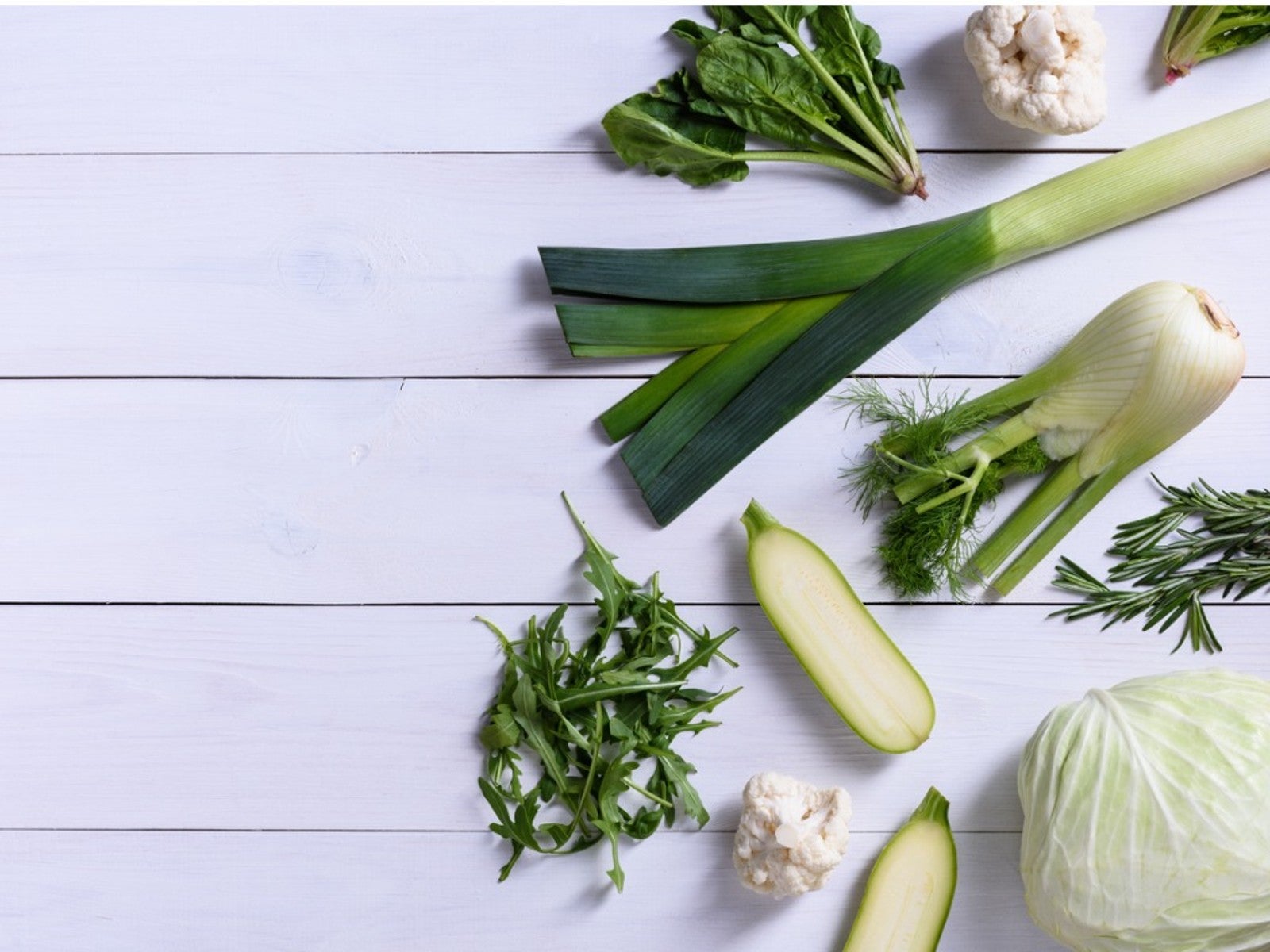 Plants For French Cuisine – Growing French Vegetables In Your Garden
Plants For French Cuisine – Growing French Vegetables In Your GardenA French potager is just a fancy way of saying kitchen garden. Try planting French herbs and vegetables, and in no time you'll be saying bon appétit as you serve your family.
By Bonnie L. Grant
-
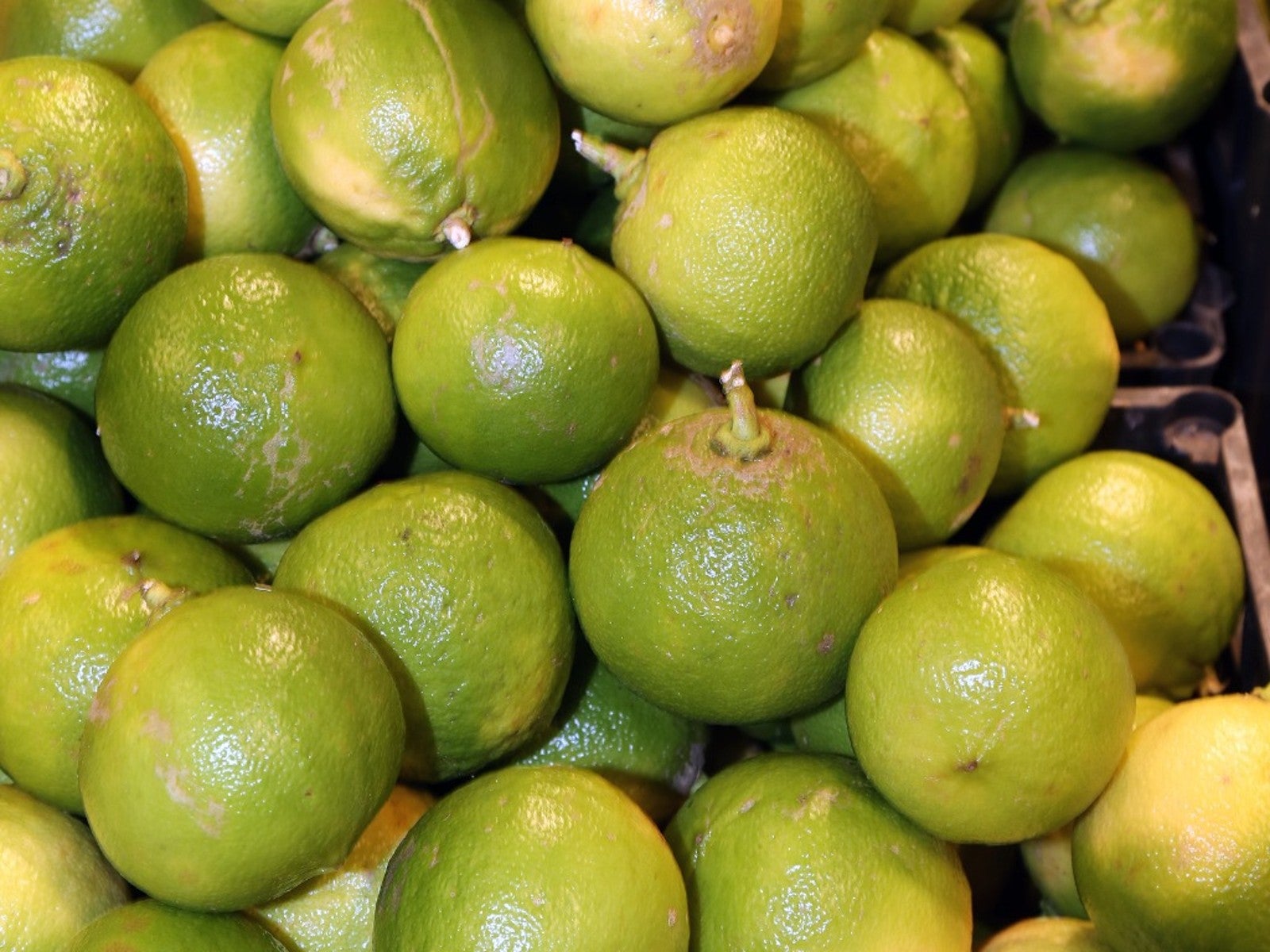 Bergamot Orange Growing Tips – Caring For A Bergamot Orange
Bergamot Orange Growing Tips – Caring For A Bergamot OrangeIf you have ever enjoyed a cup of Earl Grey tea, you know the aroma and flavor of the bergamot orange fruit. Read on for more.
By Mary Ellen Ellis
-
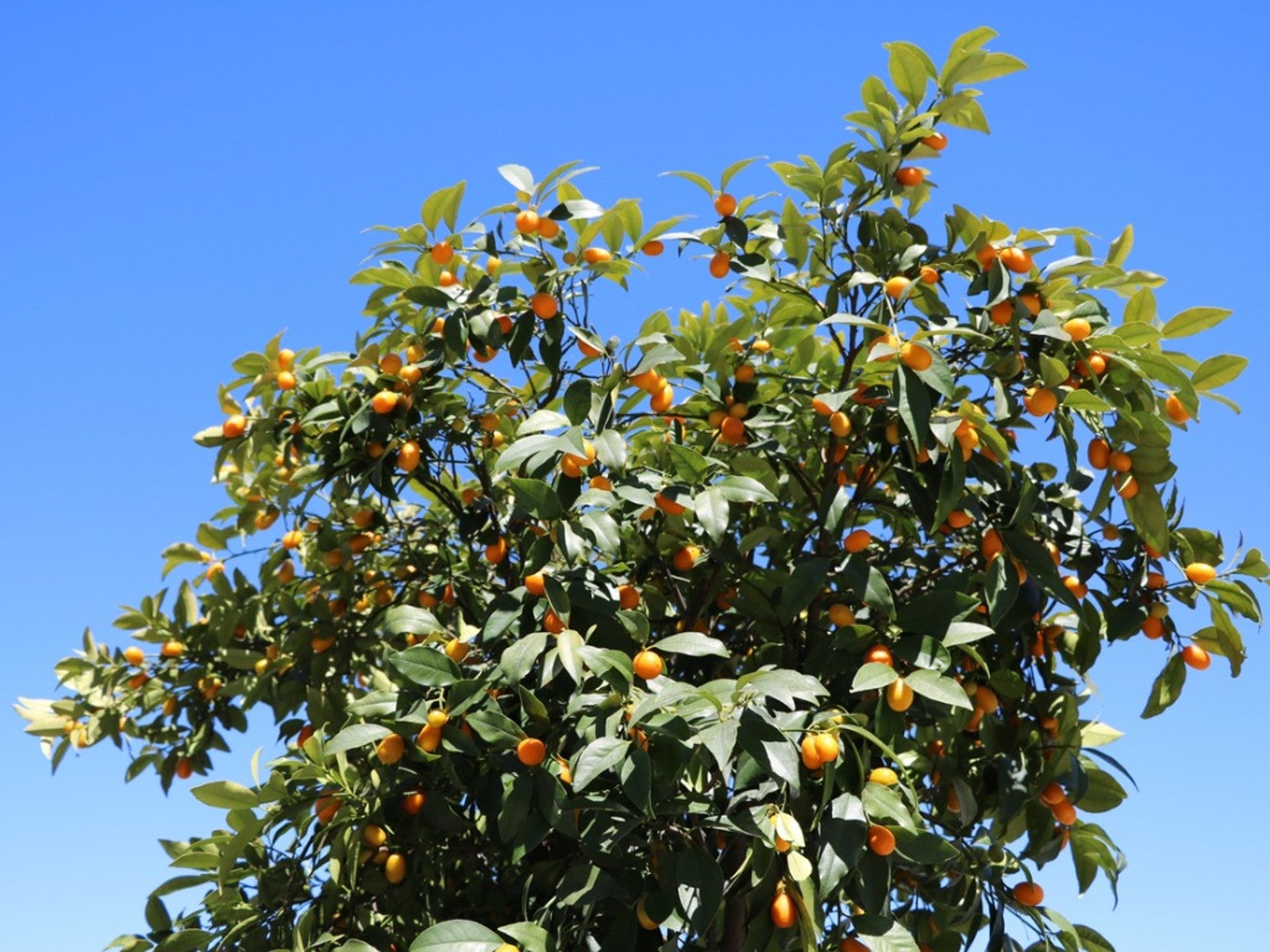 Trovita Dwarf Orange – How To Grow Trovita Orange Trees
Trovita Dwarf Orange – How To Grow Trovita Orange TreesTrovita dwarf orange is an orange tree that can be grown across a wide range of conditions, including indoors. Read on for more.
By Tonya Barnett
-
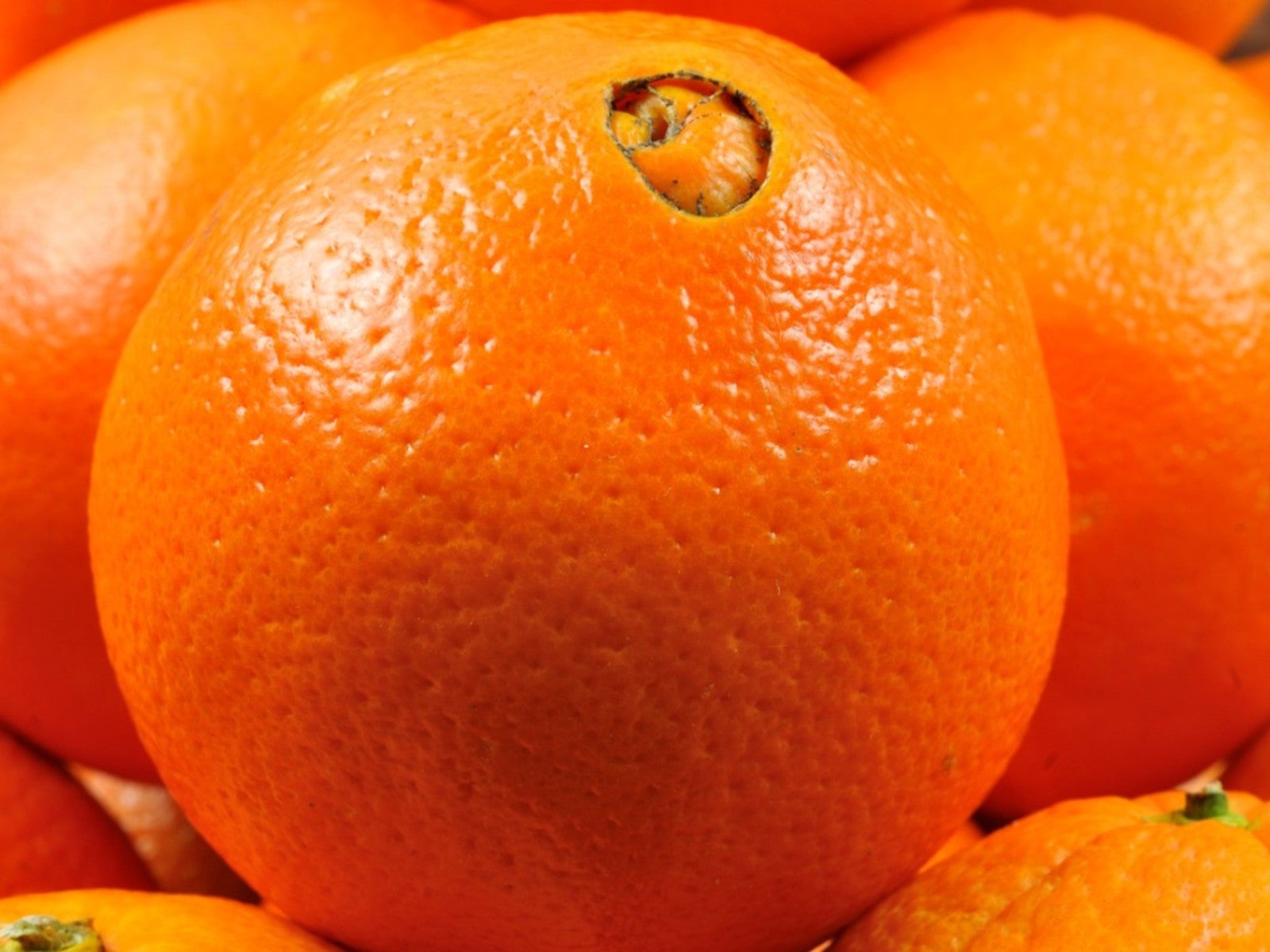 Growing Navel Oranges – Learn About Navel Orange Care
Growing Navel Oranges – Learn About Navel Orange CareSweet, delicious, and easy to peel, navel orange is easy to spot because of the partially formed, belly-button-shaped orange that grows at the bottom end of the fruit.
By Mary H. Dyer
-
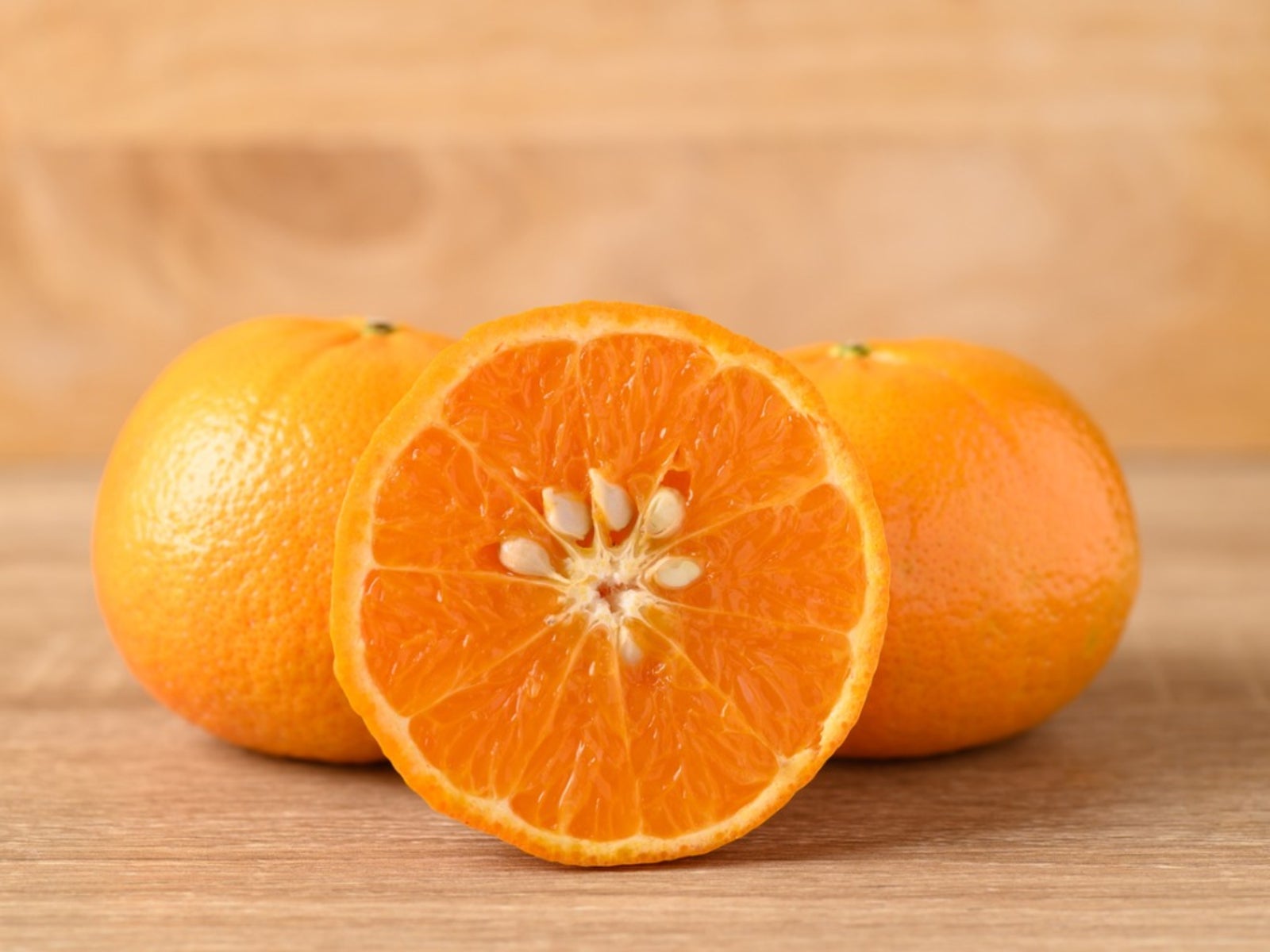 Can You Grow Store Bought Oranges - Planting Grocery Store Orange Seeds
Can You Grow Store Bought Oranges - Planting Grocery Store Orange SeedsAnyone looking for a cool indoor gardening project may want to try growing an orange tree from seeds. Click here to learn how.
By Teo Spengler
-
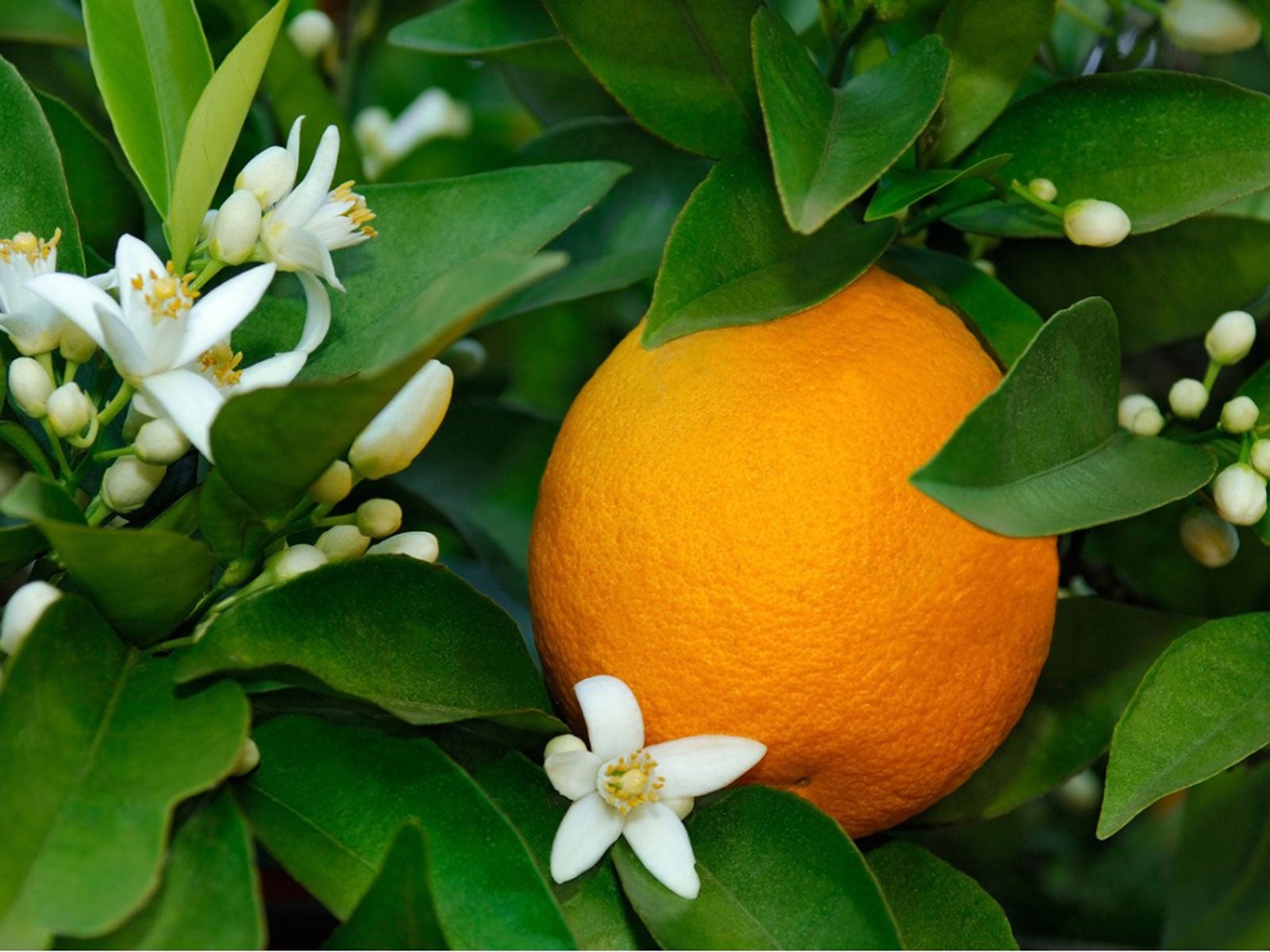 Flowering Orange Harvest: Tree Has Oranges And Flowers At Same Time
Flowering Orange Harvest: Tree Has Oranges And Flowers At Same TimeCan you harvest from a flowering orange tree? Should you allow both waves of fruit crops to come to orange harvest? Find out in this article.
By Teo Spengler
-
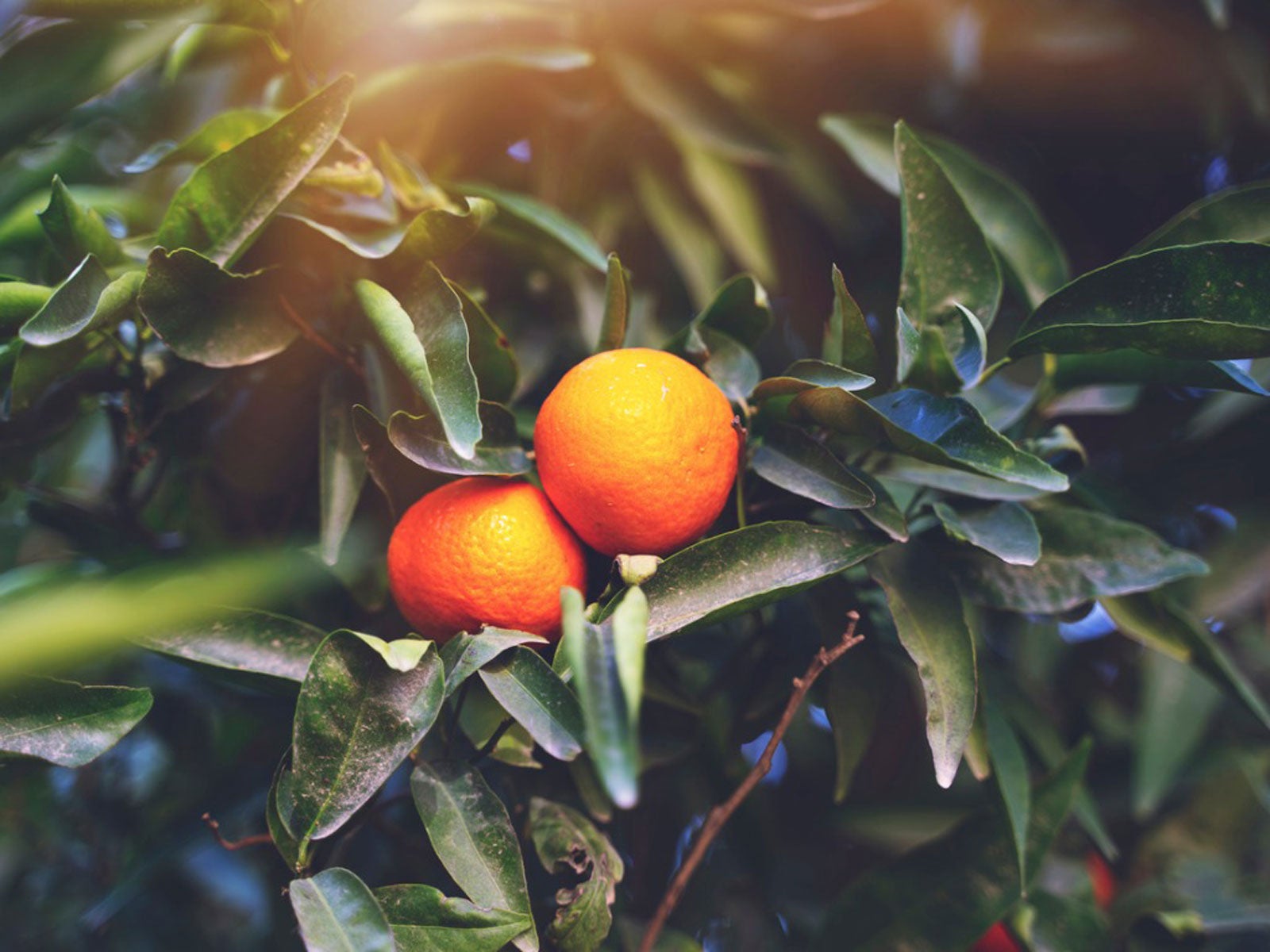 Small Orange Problem – What Causes Small Oranges
Small Orange Problem – What Causes Small OrangesThere are a variety of potential causes for small fruit on orange trees. Click here for an overview of causes of trees with small orange problems.
By Teo Spengler
-
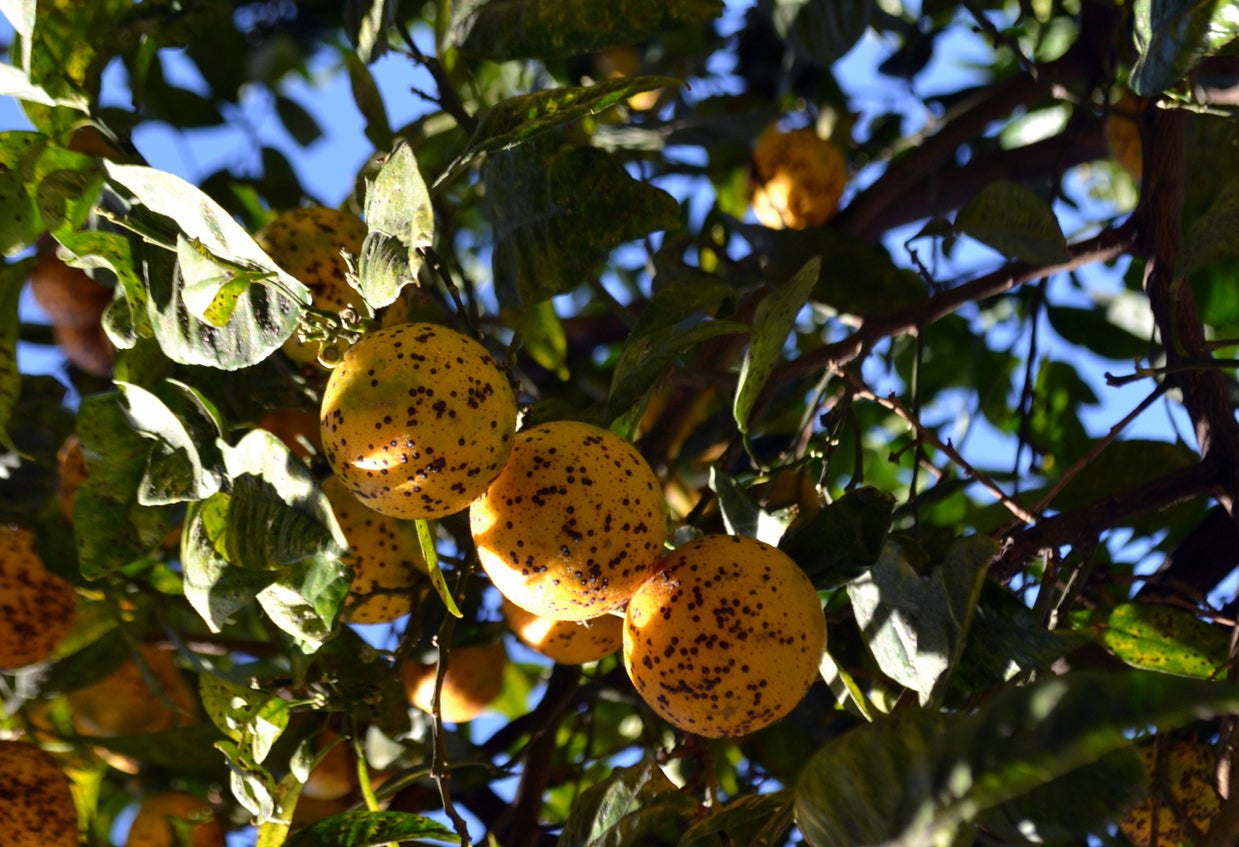 Diseases In Orange Trees: How To Treat A Diseased Orange Tree
Diseases In Orange Trees: How To Treat A Diseased Orange TreeGrowing oranges and other citrus can be a fun hobby for the home gardener, but it can also become derailed by disease. Know some of the main orange disease symptoms so you can catch and manage problems early and still get a great harvest of fruit. This article will help.
By Mary Ellen Ellis